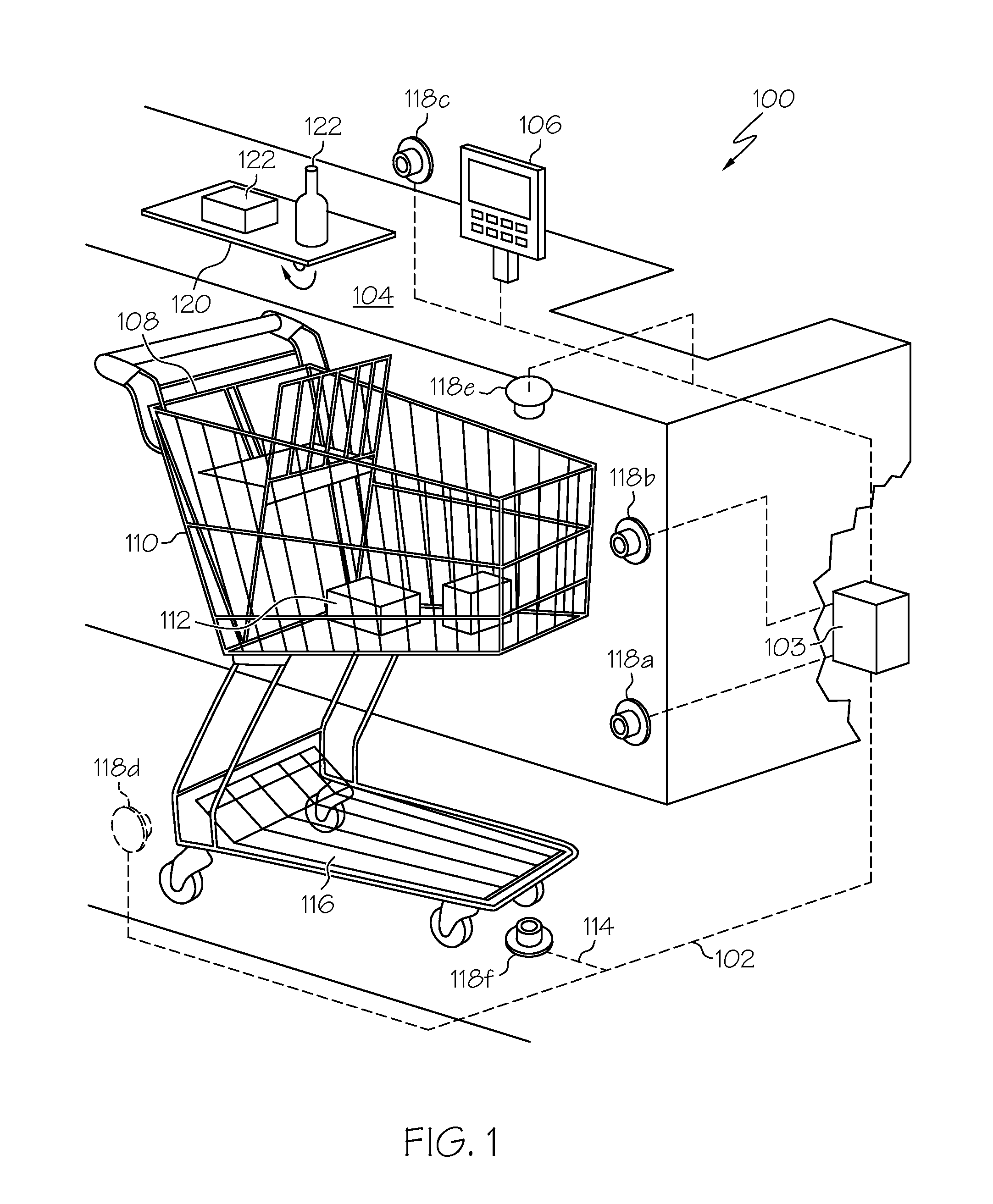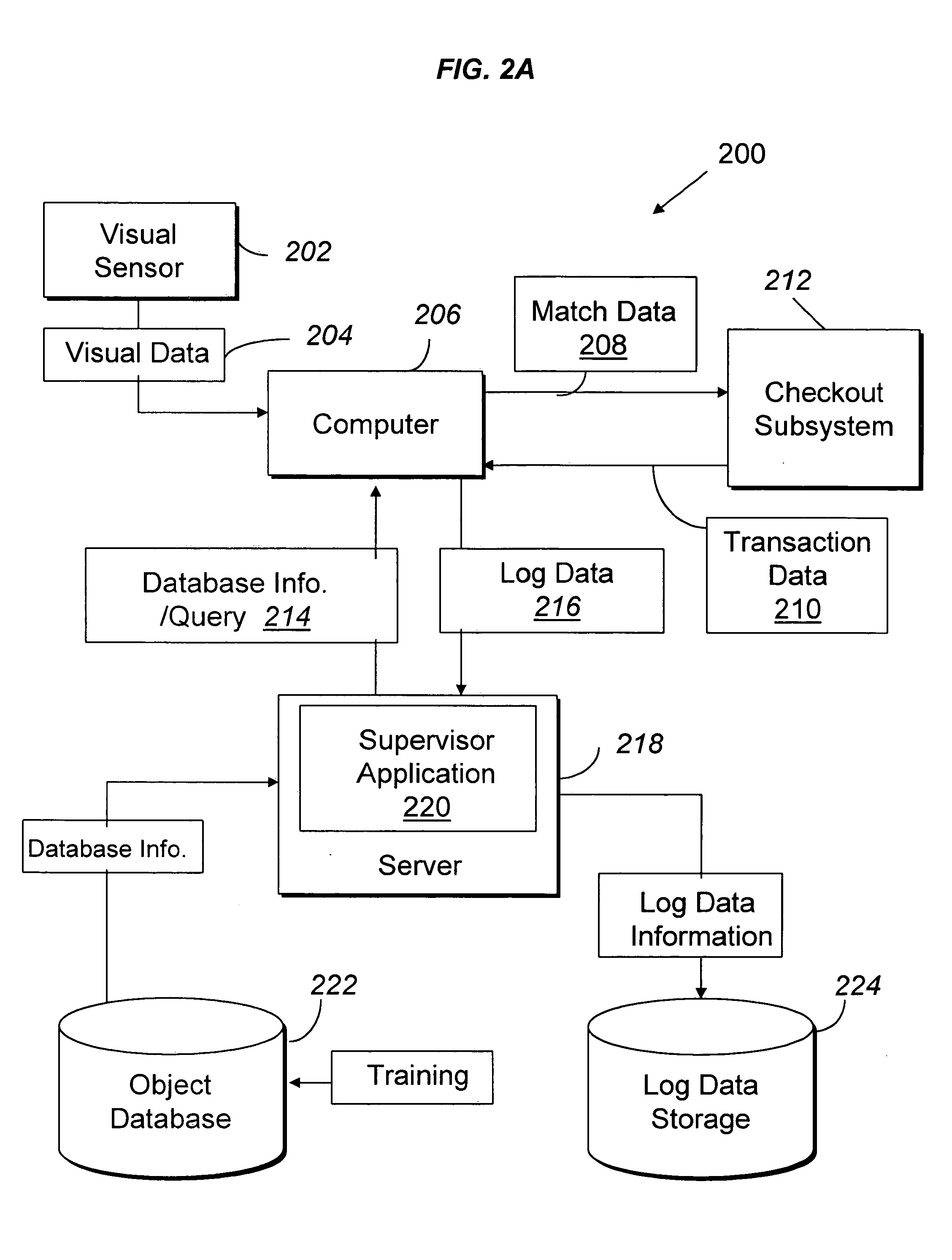Method of merchandising for checkout lanes
a technology of merchandise and checkout lanes, applied in the field of methods for checking out merchandise, can solve the problems of limiting the checkout speed, further slowing down the checkout process, and the retail industry has another problem to solve, so as to reduce or prevent the bottom-of-the-basket loss, enhance the check out speed, and increase the revenue of the store
- Summary
- Abstract
- Description
- Claims
- Application Information
AI Technical Summary
Benefits of technology
Problems solved by technology
Method used
Image
Examples
Embodiment Construction
[0040]The following detailed description is of the best currently contemplated modes of carrying out the invention. The description is not to be taken in a limiting sense, but is made merely for the purpose of illustrating the general principles of the invention, since the scope of the invention is best defined by the appended claims.
[0041]Broadly, the present invention provides systems and methods through which one or more visual sensors, such as one or more cameras, operatively coupled to a computer system can view, recognize and identify items for automatic check out. For example, the items may be checked out for purchase in a store, and as a further example, the items may be located in the basket or on the lower shelf of a shopping cart and / or on the counter belt of a checkout lane (or, equivalently, POS) in a store environment. The retail store environment can correspond to any environment in which shopping carts or other similar means of carrying items are used. One or more vi...
PUM
 Login to View More
Login to View More Abstract
Description
Claims
Application Information
 Login to View More
Login to View More - R&D
- Intellectual Property
- Life Sciences
- Materials
- Tech Scout
- Unparalleled Data Quality
- Higher Quality Content
- 60% Fewer Hallucinations
Browse by: Latest US Patents, China's latest patents, Technical Efficacy Thesaurus, Application Domain, Technology Topic, Popular Technical Reports.
© 2025 PatSnap. All rights reserved.Legal|Privacy policy|Modern Slavery Act Transparency Statement|Sitemap|About US| Contact US: help@patsnap.com



